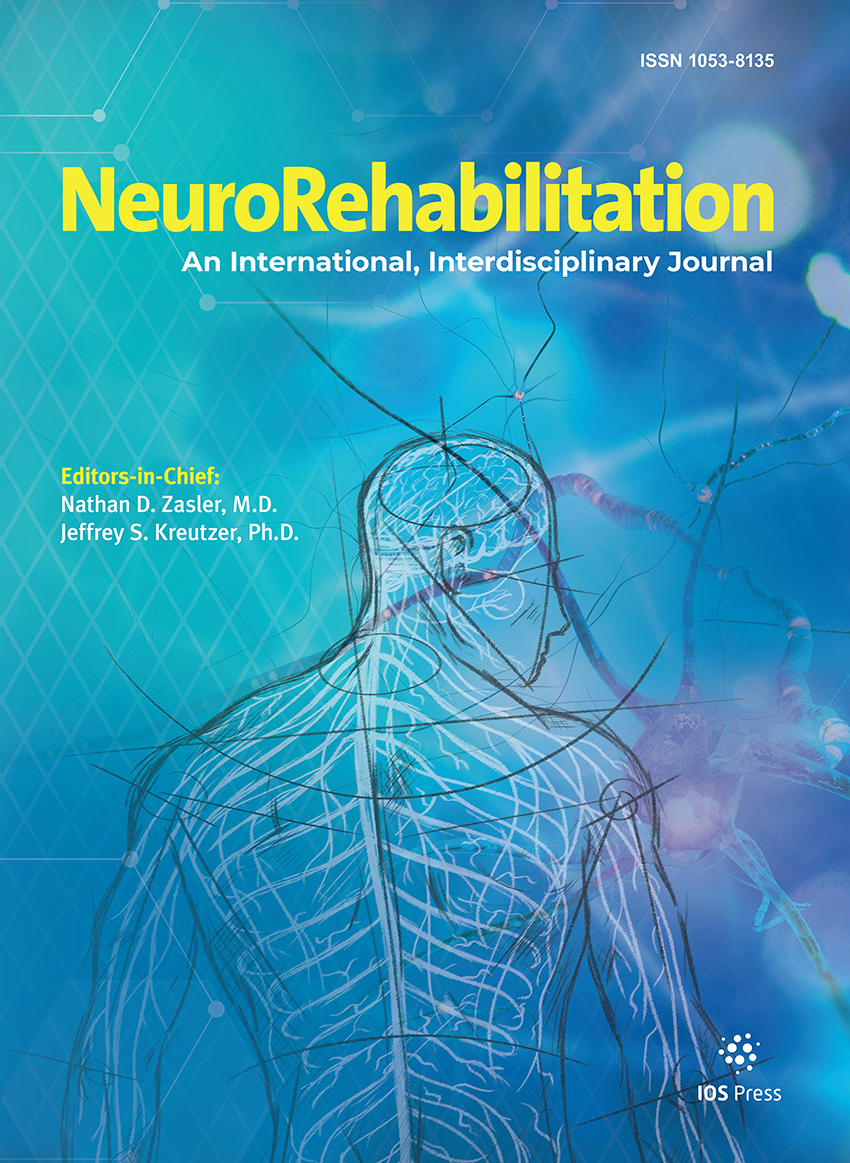Authors: Takagi-Stewart, Julian | Johnson, Ashleigh M. | Smith, Mallory B. | Wang, Jin | Marcynyszyn, Lyscha A. | Zatzick, Douglas F. | McCarty, Carolyn A. | Rivara, Frederick P. | Vavilala, Monica S.
Article Type:
Research Article
Abstract:
BACKGROUND: Post-concussion return-to-learn (RTL) guidelines include implementation of school accommodations. Yet, little is known about physician recommendations for school accommodations and their impact, particularly among youth experiencing persistent post-concussive symptoms (PPCS). OBJECTIVE: We examined the association between physician recommended school accommodations and student outcomes among youth experiencing PPCS. METHODS: Data from a randomized comparative effectiveness trial was used. Physician recommended school accommodations (≤90 days post-injury) were collected via chart abstraction. Grade point average was extracted from school records. Reports of problems at school, concussion symptoms, health-related quality of life (HRQOL), anxiety symptoms, and depressive symptoms were
…collected by survey (at baseline, three months, and 12 months post study entry). RESULTS: Of 200 participants (Mage = 14.7, 62% female), 86% were recommended school accommodations. Number of recommended school accommodations was positively associated with number of school problems at three months (aRR 1.18, 95% CI:1.12–1.24) and 12 months (aRR 1.11, 95% CI:1.05–1.18). No significant associations were found between recommended school accommodations and GPA, HRQOL, anxiety symptoms, or depressive symptoms. CONCLUSIONS: Physicians recommend more school accommodations for students experiencing more school problems post-concussion. Appropriate implementation of RTL recommendations made by physicians by fostering partnerships among physicians, students, and schools may be needed to achieve student-centered RTL.
Show more
Keywords: Traumatic brain injury, concussion, school accommodations, physician recommendations, return to learn
DOI: 10.3233/NRE-210324
Citation: NeuroRehabilitation,
vol. 50, no. 4, pp. 467-476, 2022





